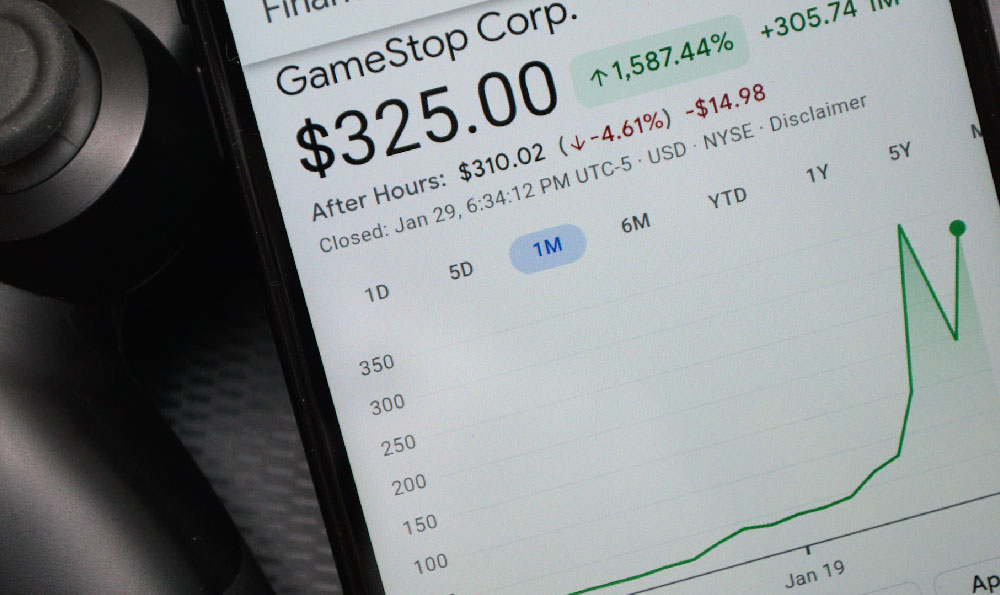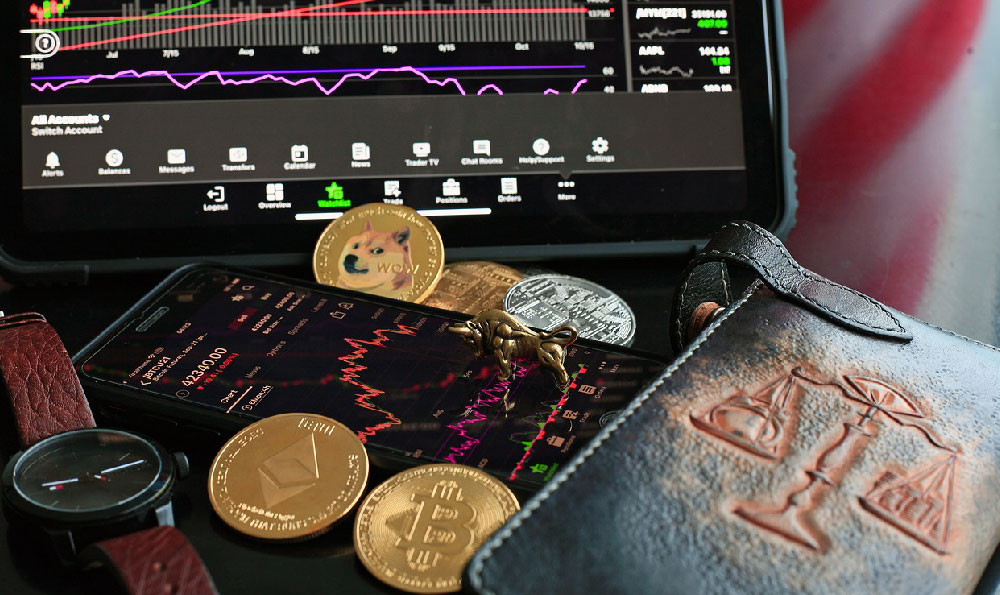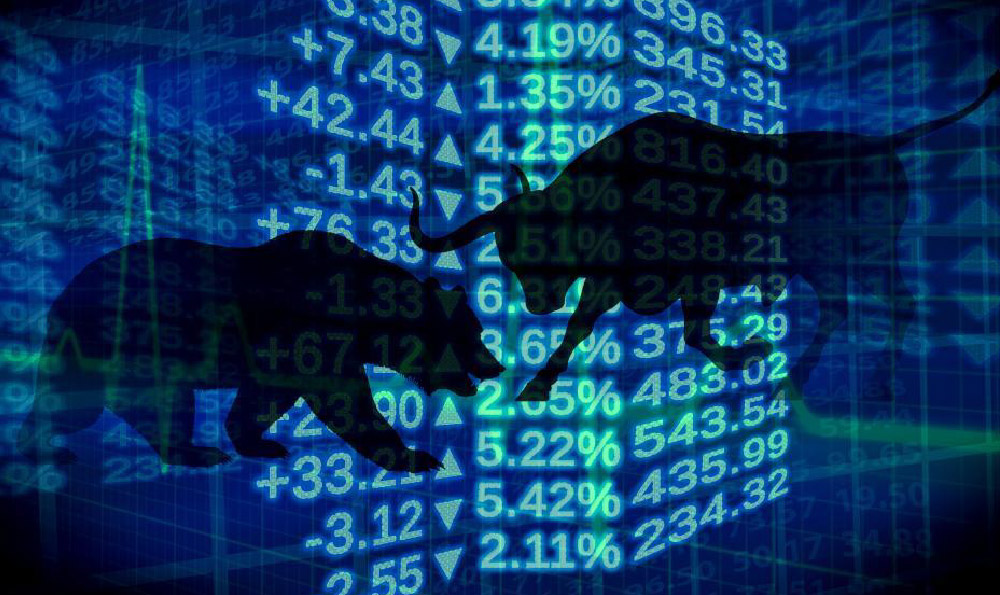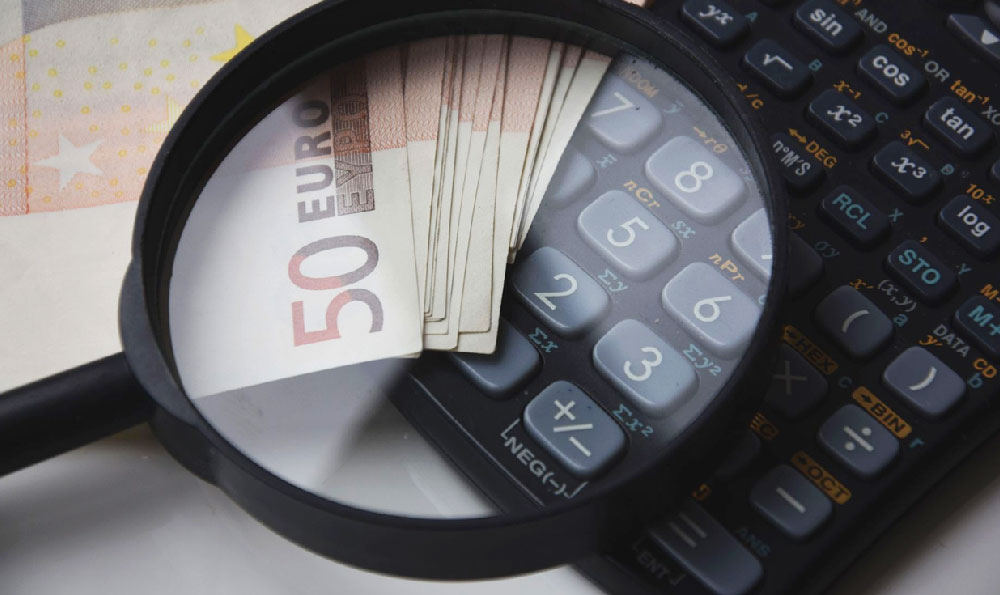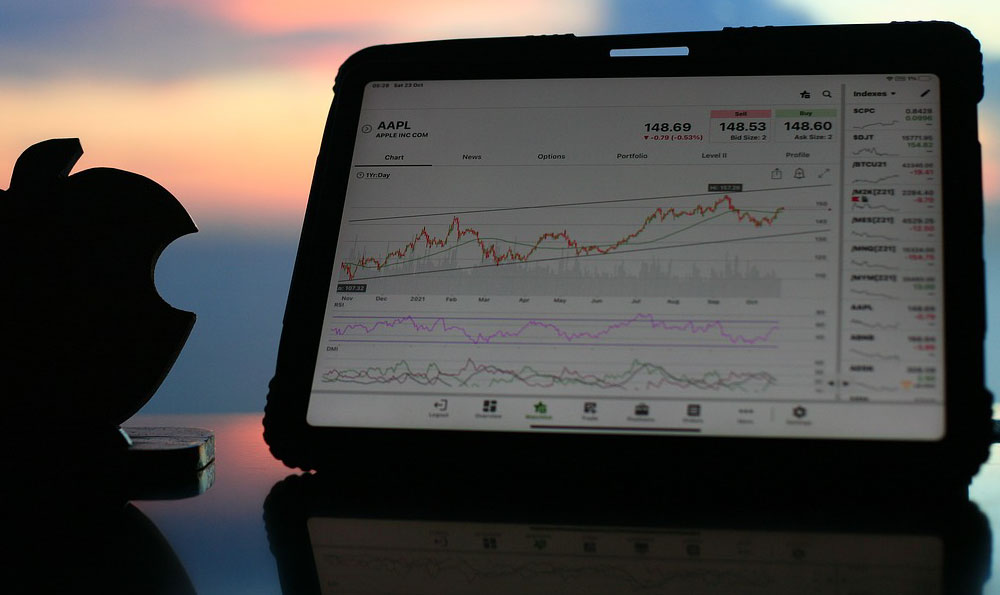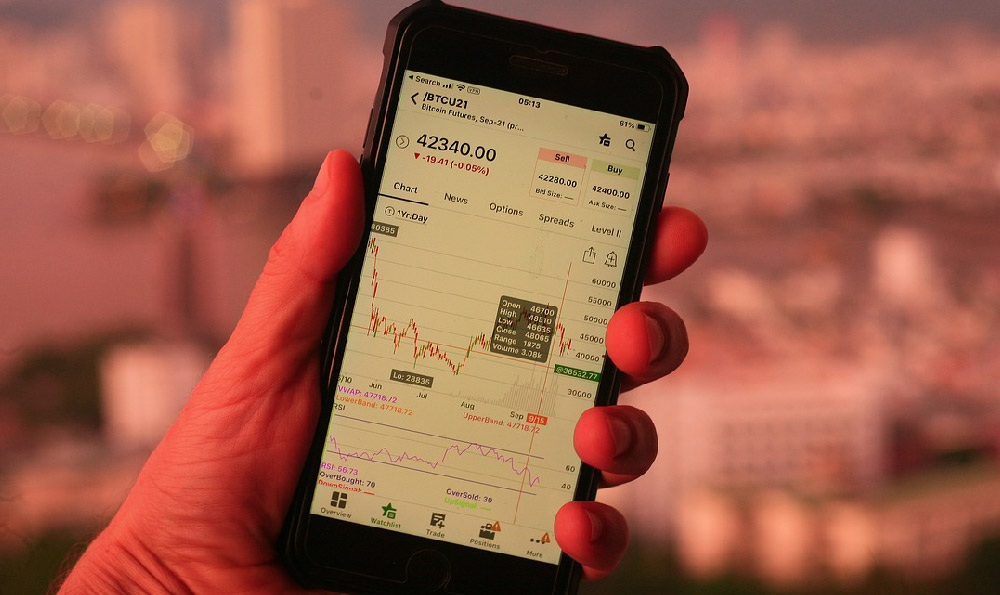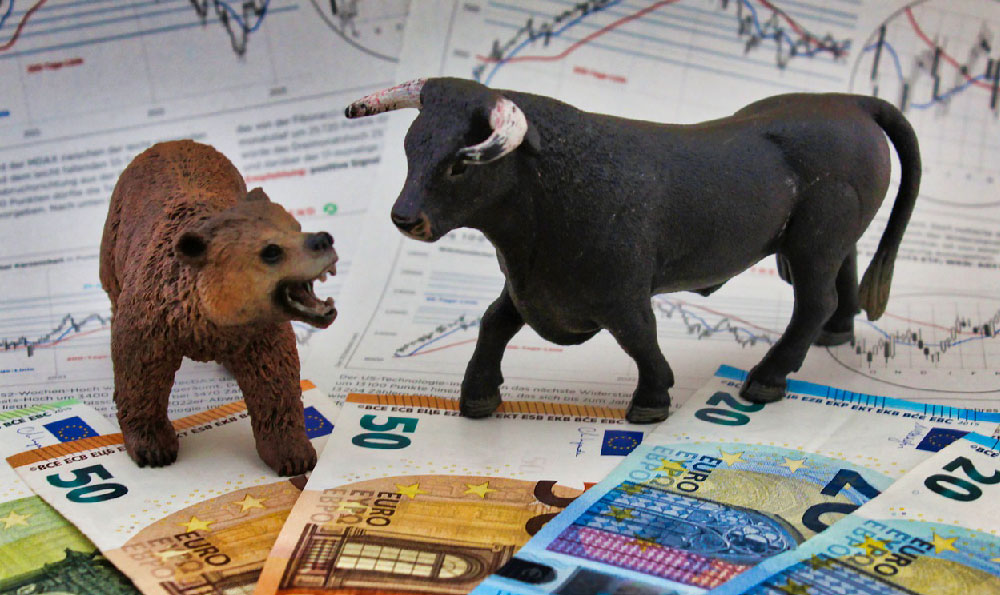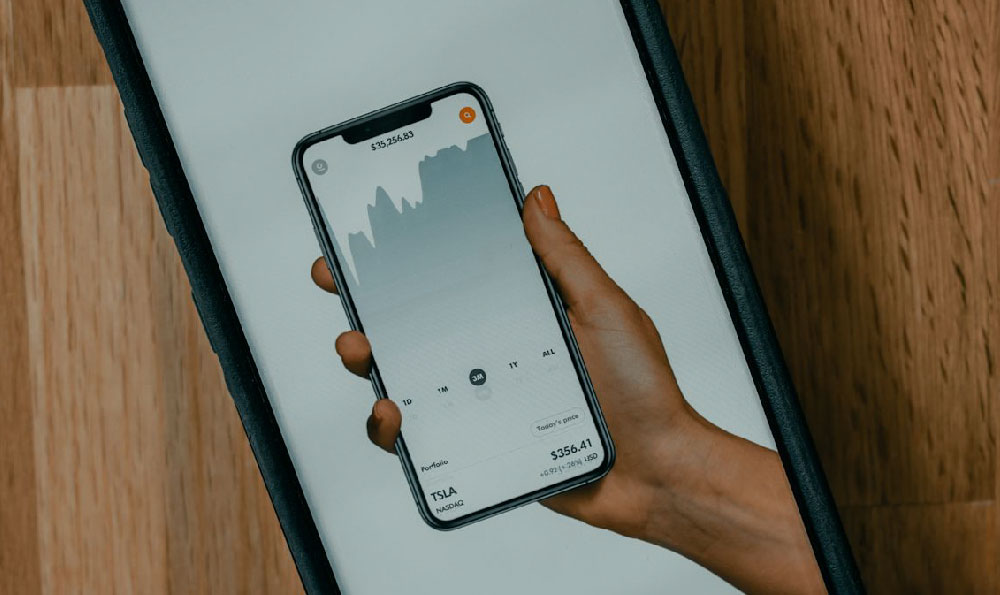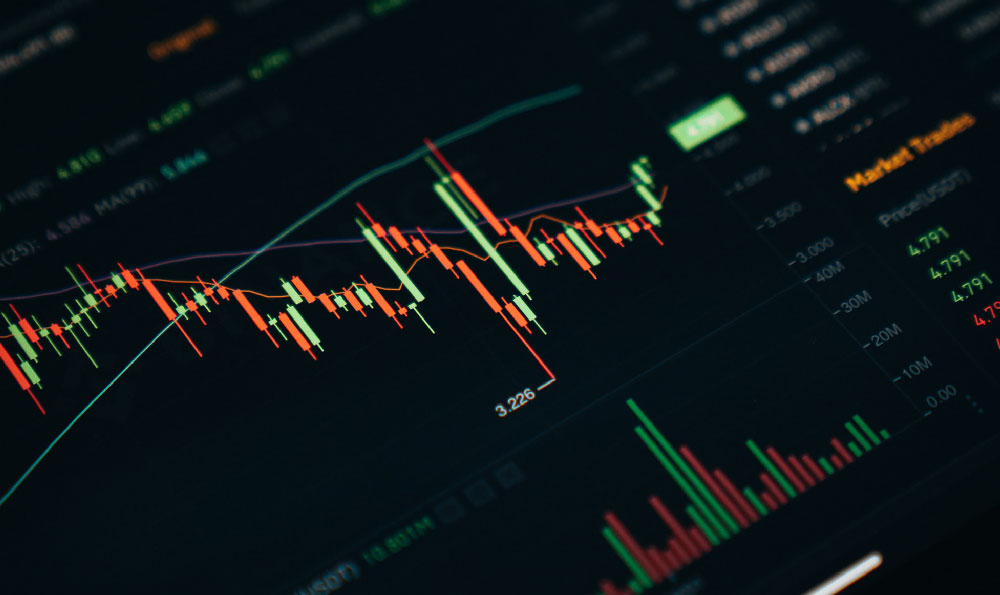How To Make Money Driving For Uber Eats: Real Pay Calculator & Cashout Rules
Making money as an Uber Eats driver seems straightforward: accept orders, pick up food, deliver it, get paid. But the reality of your actual earnings involves navigating a complex web of factors. Let's dissect how pay really works, examine reliable earning potential, and explore the daily cash-out mechanics.
The Core Uber Eats Pay Formula: Not As Simple As Advertised
Uber doesn't pay by the hour. Instead, each delivery offer presents an upfront price based on a combination of elements:
![How Do You Make Money with Uber Eats Driving? [Real Pay Calculator & Daily Cashout Rules]](/static/images/2025/d_0pD3DlhzvYn1zU3XTu.jpg)
- Base Fare: Calculated primarily using estimated time and distance from the restaurant to the customer. This is the baseline. Importantly, Uber states base fare adjustments may occur based on city-specific rates.
- Promotions: Critical boosts! This includes:
- Surge Pricing: Increased demand in specific areas ("Boost Zones" or "Surge Zones") shown as multipliers (e.g., 1.5x, 2.0x). Finding these zones requires strategy and observation.
- Quest Incentives: Challenge-based bonuses, like "Complete 50 deliveries for $150 extra." These significantly impact your average earnings per hour if achieved. Missing a quest target by just a few deliveries feels significantly frustrating.
- Customer Tips: Arguably the most important component for driver profitability. Customers can tip before, during, or after delivery. A high tip percentage is essential for truly viable earnings. You might see an acceptable base fare become great, or a mediocre one become worthwhile, solely based on the customer's generosity.
- Trip Supplements: Occasionally added for reasons like long wait times at a restaurant or navigating a complex delivery location (like an enormous apartment complex without clear instructions) – but don't count on these consistently.
Visualizing Earnings: A Real Pay Calculator Breakdown
Forget generic claims about hourly rates. Your pay is per delivery. Here's a more realistic look at potential earnings across different scenarios:
| Scenario | Base Fare | Surge | Tip | Estimated Trip Time | Earnings Per Trip | | :--------------------------- | :-------- | :------------- | :---- | :------------------ | :-------------------- | | Average Lunch Delivery | $2.75 | None (1.0x) | $3.00 | 28 mins | $5.75 | | Dinner Rush with Boost | $3.50 | 1.8x Zone Boost | $5.00 | 25 mins | $11.30 | | Long Distance Order | $6.25 | None (1.0x) | $2.00 | 42 mins | $8.25 | | Quest Completion Bonus | Varies | Varies | Varies| Varies | +$XX per Quest | | Quest earnings are separate lump-sum bonuses added upon completion.*||||
Crucial Considerations Not Showing:
- Driving to Restaurant: The time and miles spent getting to the pickup location before the quoted trip starts are never compensated. A pickup 10 minutes away during a dinner surge might still be worthwhile, but one 15 minutes away for a no-tip lunch order absolutely is not.
- Idle/Decline Time: Time spent parked waiting for decent offers or declining low-ball/distant orders counts $0 towards your pay rate. Patience is necessary, but too much downtime destroys your hourly wage. Knowing your market's "dead zones" is key.
- Vehicle Expenses: This is the giant invisible deduction. Gas, wear-and-tear (oil changes, tires, brakes), increased insurance, and depreciation are direct costs borne entirely by you. Ignoring these costs paints a completely false picture of profit. Realistically, you might spend 20-35% of your gross earnings just covering this.
Get Paid: Understanding Uber Eats Cash-Out Rules
Seeing the money hit your account is vital. Here's how it works:
- Weekly Automatic Deposits: The default. Earnings (from Monday 4 AM to Sunday 11:59 PM local time) are processed and deposited to your linked bank account, typically Wednesday night or Thursday morning of the following week.
- Daily Cash Out (Instant Pay): This is the popular option for accessing earnings faster.
- Fee: $0.50 fee per instant cash out. It adds up quickly if done multiple times daily.
- Minimum: You must earn at least $5.00 in available earnings (including tips) to cash out.
- Timing: Available up to 5 times per day.
- Speed: Usually hits your linked debit card within minutes, but can sometimes take a few hours (especially weekends/holidays – frustrating when you need it now).
- Holding: Note that tips and trip earnings may be held for 24 hours after a customer reports an issue (even a false report). This can delay access to those funds via Instant Pay.
- Uber Pro Debit Card (Optional): Using this card for Instant Pay often waives the standard $0.50 fee and offers other perks like cashback on gas – if you maintain Uber Pro Gold or higher status. The status requirements can be demanding and volatile based on market conditions.
- Tips Processing: Customer tips typically show up in your earnings breakdown approximately 1 hour after delivery completion. They then become available for Instant Pay alongside the base fare/promotions earned on that trip.
Personal Strategies: Boosting Your Uber Eats Profitability
After thousands of deliveries, I believe success hinges on optimization far beyond just driving fast. My core strategies:
- Strategic Scheduling: Master peak times (Lunch: 11 AM - 1:30 PM; Dinner: 5 PM - 8:30 PM; Weekend Brunches/Late Nights). These windows offer more orders, higher surges, and potentially higher tips. Trying to grind out earnings during the slow mid-afternoon slump is often counterproductive.
- Become a Zone Expert: Learn the Boost/Surge patterns specific to different areas in your city and at different times. Don't chase surges blindly – know which hotspots are worth driving towards and which dissipate too quickly. Memorize restaurants known for slow service causing driver frustration.
- Trip Selection Discipline: This is THE critical skill. Develop a mental rejection formula instantly. Is the quoted pay worth the total distance (to restaurant + to customer)? Does it keep you in a busy zone or pull you into oblivion? Declining low-value orders consistently protects your profit and signals to the algorithm your standards. Be ruthless about avoiding orders less than $1.50-$2.00 per mile including your drive to the restaurant.
- Maximize Tip Potential: While you can't control the customer, you can influence:
- Use an insulating bag visibly – seeing this builds customer trust.
- Follow delivery instructions carefully (leave at door, gate codes, specific floor/apartment notes – missing details causes massive friction).
- Communicate politely if there's a delay at the restaurant ("Just waiting on your order to be completed!").
- Send a quick, friendly message upon arrival ("Your Chipotle order has arrived! Enjoy your meal!").
- Vehicle Cost Management: This is non-negotiable for sustainable driving.
- Track Every Mile Religiously: Use apps like Stride or Hurdlr. These miles are tax deductions.
- Choose Fuel-Efficient: If feasible, use a reliable, fuel-efficient vehicle. The difference in gas costs between an SUV and a hybrid hatchback is staggering over time.
- Routine Maintenance: Skipping oil changes is truly a false economy leading to massive repair bills later. Budget meticulously for tires, brakes, and expected repairs specific to your car model.
- Leverage Quests Wisely: Target quests aligned with your typical drive schedule. Chasing unrealistic quests can lead to accepting terrible orders just to hit the number, ultimately paying less per hour and increasing costs. Be strategic, not desperate.
Frequently Asked Questions
Q: How much can I REALLY make with Uber Eats? Is $20/hr possible? A: Gross earnings before expenses? Yes, $20-$25+/hr is achievable regularly for skilled drivers during peak hours in good markets, especially with quests and decent tips. Crucially, net earnings after gas, wear-and-tear, and taxes are substantially lower, often in the $12-$18/hr range realistically. Exceptional surges and tip nights can push this higher, but daily consistency netting $25+/hr after expenses is rare for most drivers.
Q: What's the catch with Instant Pay? Is it worth the fee? A: The convenience comes at a cost. The $0.50 fee per cash out adds up ($2.50 fee for five daily cash outs = $15/week!). Evaluate your need. If you need daily cash for essentials (gas for tomorrow's driving!), it's sometimes essential despite the fee. If you can budget to wait for the weekly deposit, you save significantly. Using the Uber Pro card avoids the fee if you maintain Uber Pro Gold status, which requires focus on acceptance and cancellation rates – a trade-off.
Q: How seriously should I take vehicle expenses? A: Ignore this at your financial peril. Driving is harsh on your car. Consistently factor in costs: * Fuel Cost: Cost per gallon / Your vehicle's MPG = Cost per mile. * Maintenance/Depreciation: Set aside at least $0.10-$0.25 per mile driven as your running expense. So, that $8 delivery over 5 miles? Your car cost you $0.50 to $1.25 of that. Truly profitable drivers account for this meticulously. Failure to do so results in working hard just to cover car wear. Understanding your true profit-per-mile (Gross Pay / Total Miles Driven for the trip) is fundamental. Aiming for that magic $1.50-$2.00/mile estimate helps account for these costs and leave actual profit.


